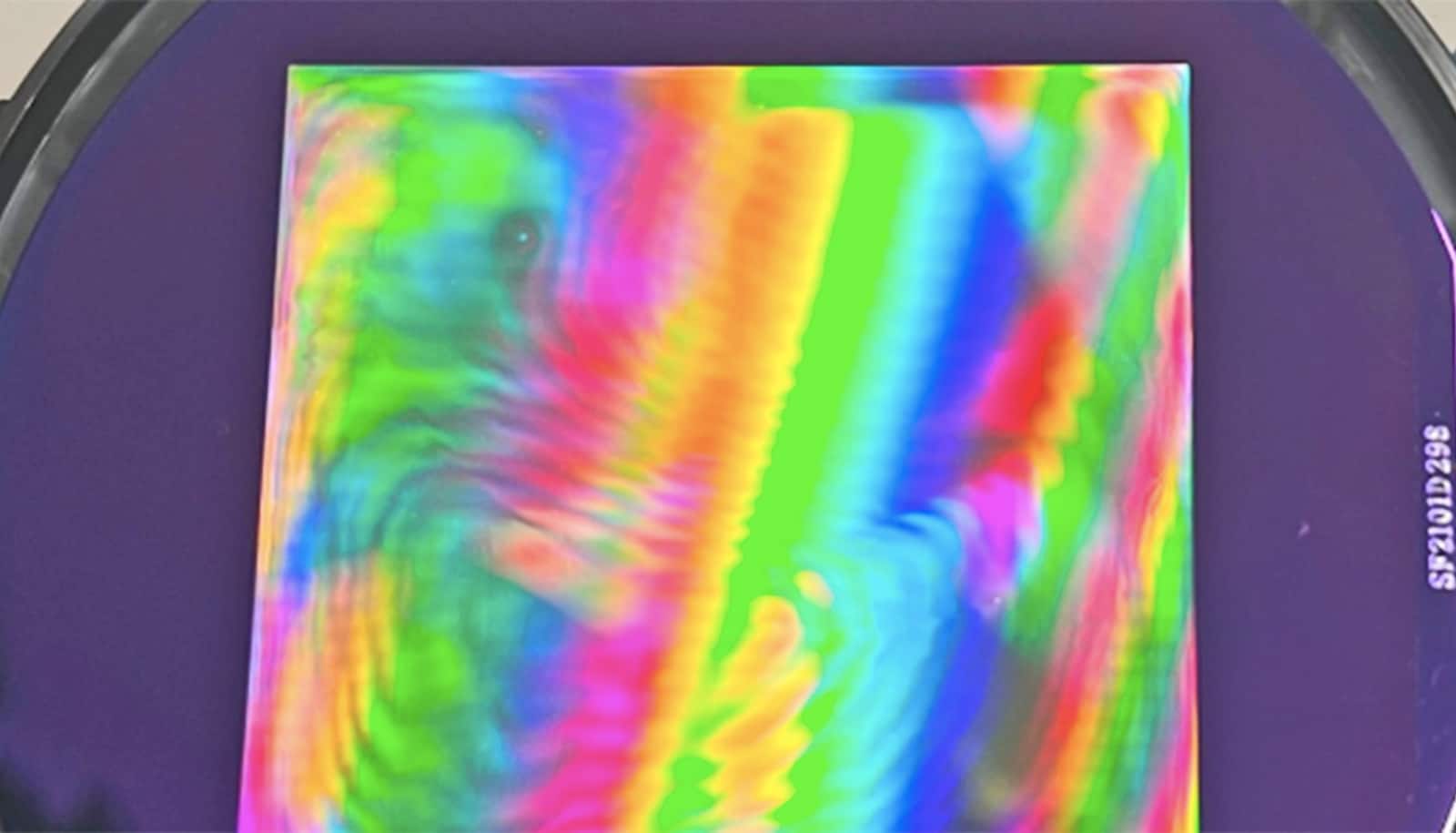A team of researchers has created a new material that could be used in microscopic sensors, also known as microelectromechanical systems [MEMS], for devices that are part of the Internet of Things.
The technological future of everything from cars and jet engines to oil rigs, along with the gadgets, appliances, and public utilities comprising the Internet of Things will depend on these kinds of microscopic sensors. These sensors are mostly made of the material silicon, however, which has its limits.
“We thought the alloying would help us with strength as well as thermal stability. But we didn’t know it was going to help us as much as it did.”
“For a number of years we’ve been trying to make MEMS out of more complex materials” that are more resistant to damage and better at conducting heat and electricity, says materials scientist and mechanical engineer Kevin J. Hemker of Johns Hopkins University’s Whiting School of Engineering.
Most MEMS devices have internal structures that are smaller than the width of strand of human hair and are shaped out of silicon. These devices work well in average temperatures, but even modest amounts of heat—a couple hundred degrees—causes them to lose their strength and their ability to conduct electronic signals. Silicon is also very brittle and prone to break.
For these reasons, while silicon has been the heart of MEMS technologies for several generations now, the material is not ideal for future uses, especially under the high heat and physical stress that future MEMS devices will have to withstand if they are to enable technologies such as the Internet of Things.
“These applications demand the development of advanced materials with greater strength, density, electrical, and thermal conductivity” that hold their shape and can be made and shaped at the microscopic scale, the authors of the paper write. “MEMS materials with this suite of properties are not currently available.”
The researchers write that their pursuit of new materials led them to consider combinations of metal containing nickel, which is commonly used in advanced structural materials, including nickel-base superalloys used to make jet engines. Considering the need for dimensional stability, the researchers experimented with adding the metals molybdenum and tungsten in hopes of curbing the degree pure nickel expands in heat.
In a piece of equipment about the size of a refrigerator in a laboratory at Johns Hopkins, the team hit targets with ions to vaporize the alloys into atoms, depositing them onto a surface, or substrate. This created a film that can be peeled away, thus creating freestanding films with an average thickness of 29 microns—less than the thickness of a human hair.
These freestanding alloy films exhibited extraordinary properties. When pulled, they showed a tensile strength—meaning the ability to maintain shape without deforming or breaking—three times greater than high-strength steel. While a few materials have similar strengths, they either do not hold up under high temperatures or cannot be easily shaped into MEMS components.
1 nanowatt powers wireless micromachine
“We thought the alloying would help us with strength as well as thermal stability,” says Hemker. “But we didn’t know it was going to help us as much as it did.”
He says the remarkable strength of the material is due to atomic-scale patterning of the alloy’s internal crystal structure. The structure strengthens the material and has the added advantage of not impeding the material’s ability to conduct electricity.
The structure “has given our films a terrific combination, balance of properties,” Hemker says.
The research team has shown that the films can withstand high temperatures and are both thermally and mechanically stable, and they are busy planning the next step of development, which involves shaping the films into MEMS components. Hemker says the group has filed a provisional patent application for the alloy.
Scientists can hack sensors in cars and phones with a $5 speaker
The results of the research appear in the journal Science Advances. The National Science Foundation supported the research.
Source: Johns Hopkins University



